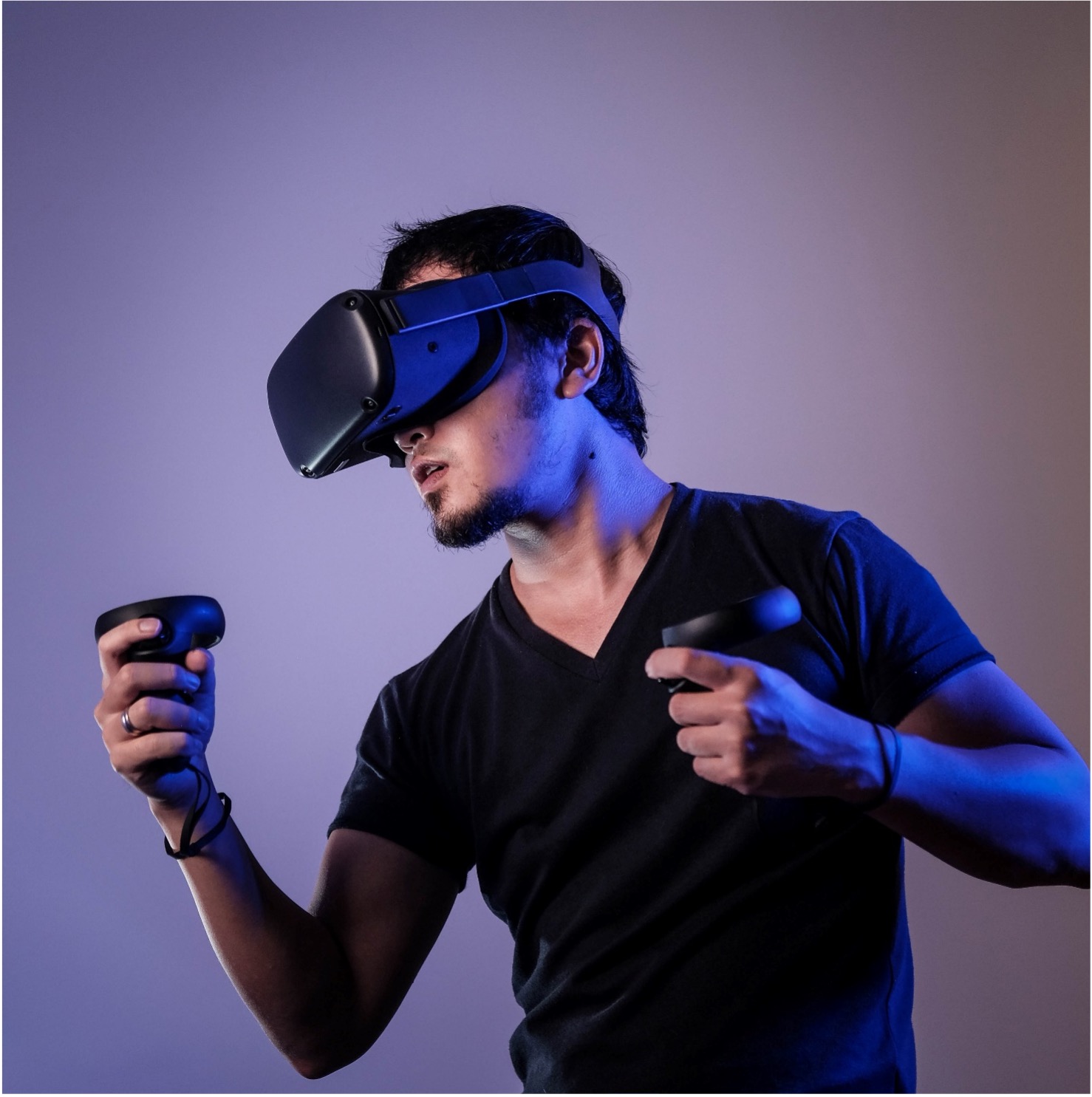Seminar Blogs
“Configurations of Vision, Technology, and Knowledge: What Comes Next?” – Eleonora Stacchiotti
During the last session of Transmission in Motion’s series of seminars, Professor Frank Kessler and researchers Jamilla Notebaard and Nico de Klerk introduced us to their work, which takes into consideration and analyzes ways to divulgate knowledge through different technological apparatuses. Kessler focused on the semiotic structure through which works of art are encountered by the audience thanks to visual affordances, Notebaard and de Klerk presented comparative analyses of the efficacy of different teaching aids such as the optical lantern or the film projector during the 1920s.
Their research is based on the recognition of the fact that modalities of vision and knowledge transmission do not rely only on technological advancement, but rather are constituted within a more complex intersection of dominant understandings of vision, knowledge and subjectivity (Eisenhauer 2006, 199). In particular, the way in which technology acquires meaning determines how knowledge is framed and divulgated. This results in a double folded intersection of technology and education: technological advancement is determined by the progress of knowledge, while knowledge is affected by technology and the complex intersections of notions of vision and subjectivity. As a consequence, the modalities adopted by education institutions tell a lot about what the dominant view of the world is. What I mean here is that learning tools, teachers, schools and alternative forms of education perform specific configurations of the elements that influence technological meaning and knowledge production. This is one of those cases where the phrase coined by communication theorist Marshall McLuhan “the medium is the message” is valid. The nature of the medium appears to be more important than the meaning or content of the message. As a matter of fact, the medium already carries signifiers that need to be read carefully to understand what conditions activated a given medium’s dominance.
If at the beginning of the twentieth century projection technologies were framing a production of knowledge based firstly on magic, and later, on scientific and objective vision, in the first decades of the twenty-first century we are witnessing the reformulation of this paradigm. I am referring here to the transformation in learning tools based on the reconsideration of the body as a significative entity in processes of knowledge production and transmission. According to feminist strands of epistemologists, objective truth does not exist, as it is just socially or scientifically constructed. On the contrary, only the acknowledgment of the inherent situatedness of each knowing subject in a specific context enables access to forms of truth that are effectively reliant on empirical, subject-centred forms of knowledge. Even current research in pedagogy has shown that an experiential approach to the subject matter is more likely to work as a tool for efficient teaching, as it allows the students to respond to given situations in a personal way so that it is easier for them to grow their actions into abstraction (Schott, Marshall 2018, 844). Virtual Reality – that is the medium that is currently reaching its peak in popularity and that is probably going to be part of our educations systems soon – enables immersive learning environments, which intensify the level of experience and interactivity to engage with the students at
complex, bodily levels.

This session has of course created a space for further reflections into contemporary education and artistic practices which experiment with Virtual Reality. Additional research is needed to understand if and what elements are making this new medium emerge as dominant. Which senses are they involving? Why? What kind of educative paradigms are they promoting? These are the questions that resulted from this meeting, that I will try to answer in the coming months of research.
References:
- Eisenhauer, Jennifer. 2006. “Next Slide Please: The Magical, Scientific, and Corporate Discourses of Visual Projection Technologies.” Studies in Art Education 47, No. 3 (Spring): 198-214.
- Schott, Christian, and Stephen Marshall. 2018. “Virtual Reality and situated experiential education: A conceptualization and exploratory trial.” Journal of Computer Assisted Learning 34 (August): 843-852.
*Image credits: Photo by Minh Pham on Unsplash

